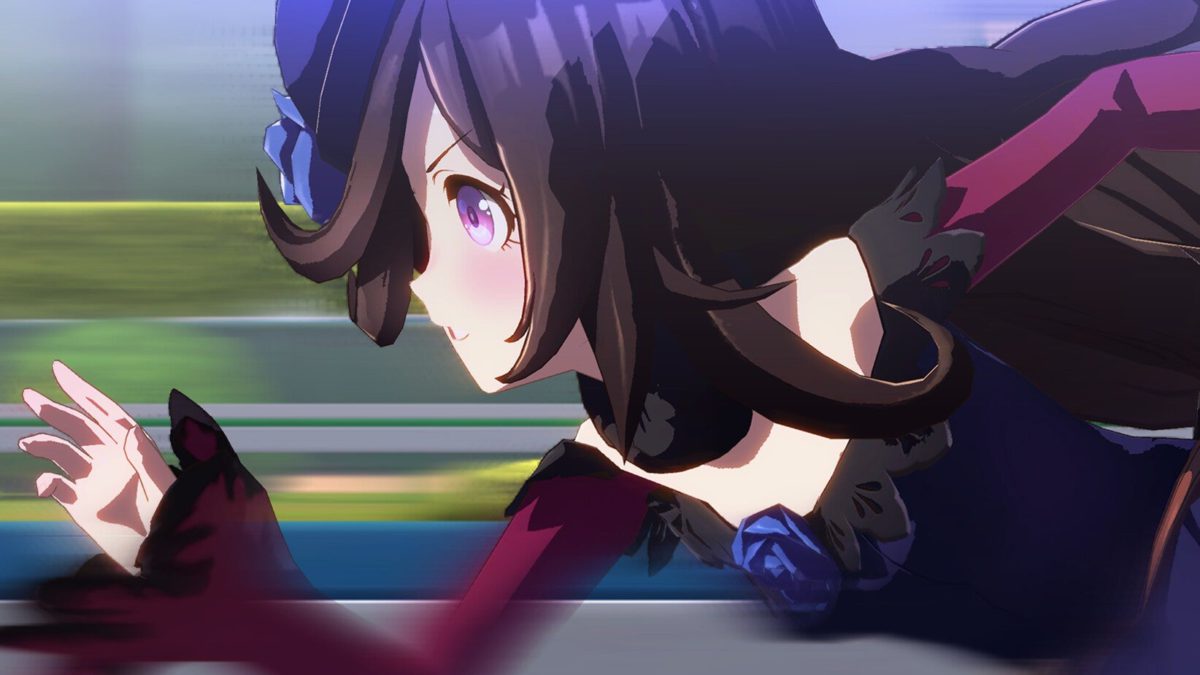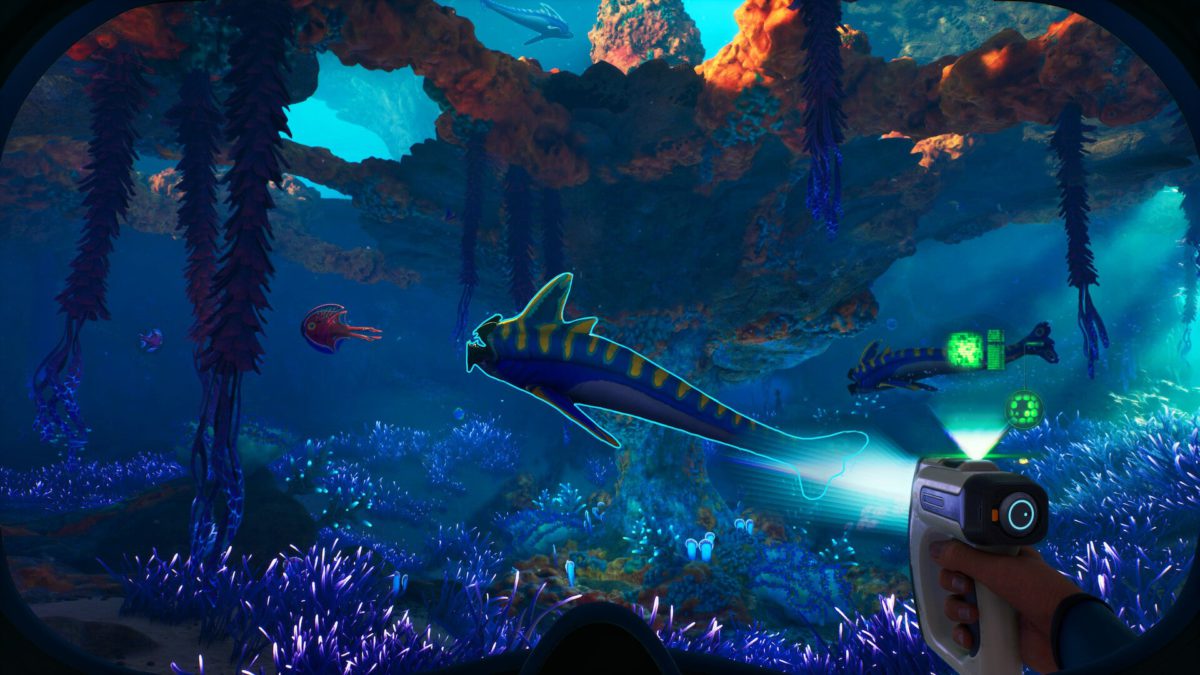Author: Game Infliction
GameStop Is Auctioning Off Its Infamous Switch 2 Stapler For Charity
Fair play.
Remember when GameStop made the news following a rather unfortunate incident involving a newly-bought Switch 2 console and a stapler? Yeah, one store thought it wise to staple receipts onto the Switch 2 box, puncturing the cardboard and damaging the screen of the Switch inside.
It wasn’t a good look for the company, but now, GameStop is looking to turn the whole thing into a positive by auctioning off the stapler and the damaged Switch 2 on eBay, with all proceeds going to Children’s Miracle Network Hospitals.
Read the full article on nintendolife.com
Umamusume: Pretty Derby Dev Reminds Fans to Follow the Rules When Visiting the Real-Life Japanese Racehorses Behind Their Favorite Anime Horse-Girls

Japanese developer Cygames published a list of rules for fans wanting to visit the real-life horses behind the characters in its anime racehorse-girl management game Umamusume: Pretty Derby, which got a long-awaited global release this June.
Yes, anime racehorse-girl management game, you heard that right. In the world of Umamusume: Pretty Derby, racehorses are reborn as cute anime girls, complete with equine ears and tails. The franchise started off in 2018 as an anime, followed by a Japan-only release of the mobile game in 2021. In the game, players can talk to, train and manage horse-girls like Special Week and Mejiro McQueen, sharing in their triumphs and losses. As a result, the Umamusume franchise has inspired a cult following, and apparently many fans have become interested in the real-life Japanese racehorses behind their favorite characters.
However, in their enthusiasm, it seems that some fans may have caused distress to their favorites and their owners in real life. As previously reported by Dexerto, Cygames shared guidelines for those who want to visit real-life racehorses in Japan, reminding people that you can’t just rock up to a ranch and that horses are easily startled by loud noises and camera flashes.
The 9-point guideline was created by the Racehorse’s Hometown Information Center. The first two points urge would-be visitors to check with the center for tour availability and to confirm tour times before visiting. The rules also remind visitors to follow the instructions of ranch staff at all times, to refrain from smoking on-site, and not to enter stables or pastures without permission. The rest of the rules are centered on the horses’ wellbeing — don’t make loud noises and refrain from touching, feeding or taking flash photography of the horses.
Developer Cygames has been fostering strong connections to the Japanese horse racing world — it often shows up alongside and provides support for racehorse-related exhibits at events in Japan, and has donated to the Retired Racehorse Association of Japan (source: Automaton). As part of promotions for the mobile game’s global, English-language release, Cygames looked stateside, partnering with the Kentucky Derby back in May and setting up a booth where people could play the demo of Umamusume Pretty Derby.
If you are interested in seeing what all the fuss is about, Umamusume: Pretty Derby is available now in English via Steam, Google Play, and the Apple App store. All three seasons of the anime are currently on Crunchyroll.
Verity Townsend is a Japan-based freelance writer who previously served as editor, contributor and translator for the game news site Automaton West. She has also written about Japanese culture and movies for various publications.
Krafton plan to delay Subnautica 2 and deny the studio a $250 million bonus
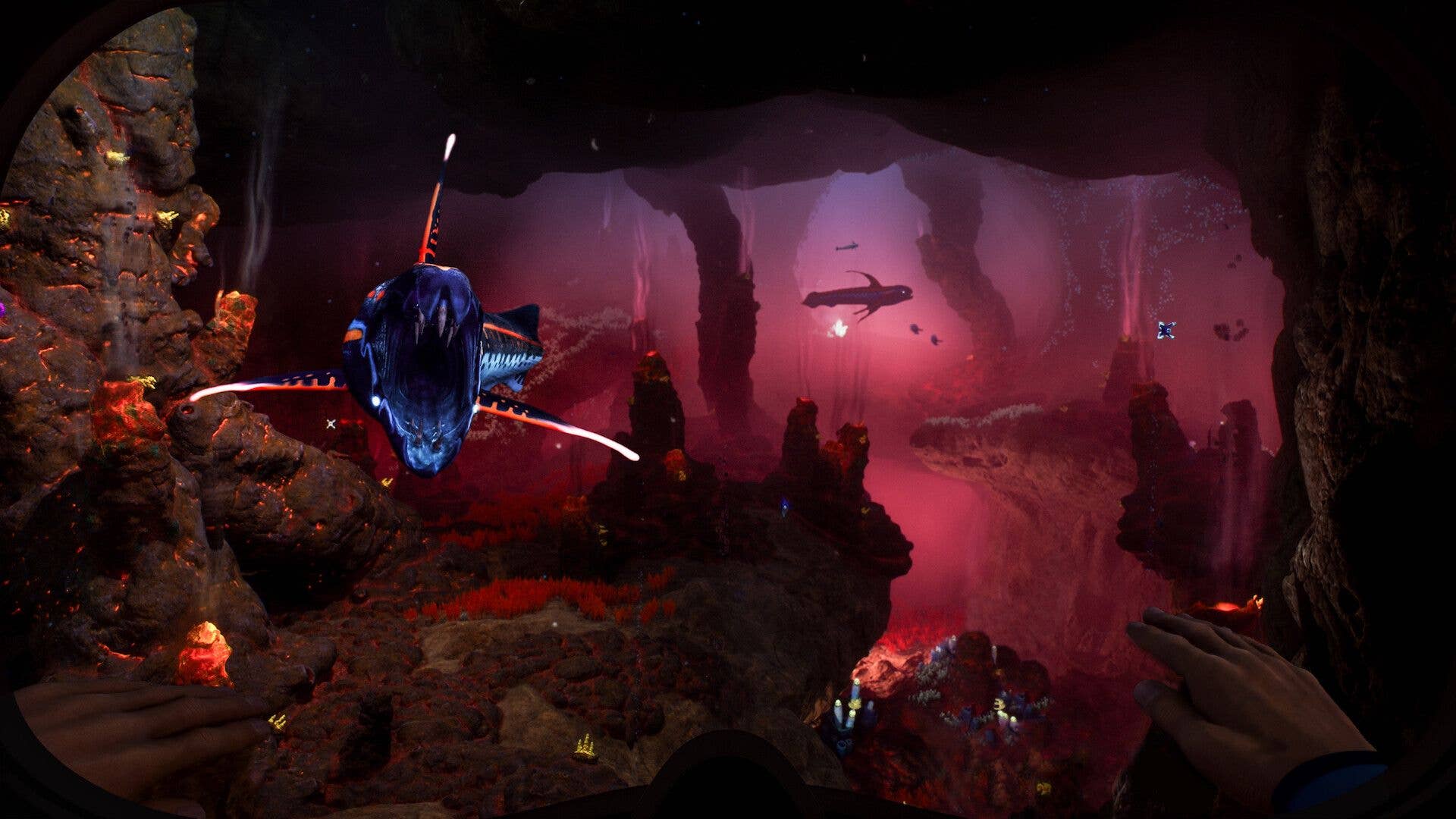
Subnautica 2 is being delayed into 2026 by its publishers Krafton, which would lead to the survival game’s studio missing out on a previously agreed $250 million bonus, meant to be shared among employees. The revelation comes via a report from Bloomberg, and could finally explain why Krafton ousted the studio’s most senior figures last week.
More Drama in the Murky World of Subnautica 2 as Official Delay Confirmation Comes Hot on the Heels of Damaging Report Into Now Unlikely $250M Bonus

Subnautica 2 is officially delayed to 2026, publisher Krafton has confirmed to IGN. The news follows a report that claimed the delay may cost the development team a $250 million bonus.
Krafton, the Korean company behind smash hit battle royale PUBG, acquired the $500 million-valued Subnautica developer Unknown Worlds in October 2021. At the time, Krafton insisted Unknown Worlds would continue to operate as an independent outfit. Following its announcement, the hotly anticipated Subnautica 2 was set for an early access release later in 2025.
However, last week, Unknown Worlds founders Charlie Cleveland and Max McGuire, and CEO Ted Gill, were replaced by former Striking Distance CEO, Steve Papoutsis, in a shakeup that shocked the Subnautica community and sparked concern over the sequel’s future.
Cleveland subsequently revealed on Reddit that while he and his colleagues believed Subnautica 2 was “ready for early release… that decision is in Krafton’s hands.” Krafton issued a community update of its own, suggesting a delay was incoming.
Then, earlier this week, Bloomberg reported that Subnautica 2 was delayed to 2026 — just months before it was due to pay a $250 million bonus to the development team. Bloomberg added that the delay was “against the wishes of the studio’s former leadership,” and that the $250 million bonus would have kicked in if Unknown Worlds hit certain revenue targets by the end of 2025. Without Subnautica 2 coming out this year, hitting those revenue targets is unlikely, and the bonus won’t be paid out.
Per Bloomberg:
Unknown Worlds’ leadership planned to share the additional money with all of the studio’s employees, which number around 100. Staff who were at the company at the time of the acquisition were told they were eligible for bonuses ranging from hundreds of thousands of dollars to seven figures, the people said.
Now, Krafton has made Subnautica 2’s delay to 2026 official, but in a statement to IGN, it insisted the decision had nothing to do with “any contractual or financial considerations.” Instead, Krafton claimed, the delay was about responding to feedback from playtests, and delay talks were already under discussion before Cleveland, McGuire, and Gill were outed.
Here’s Krafton’s statement in full:
During playtests for Subnautica 2, we received valuable feedback from our community that reinforced our confidence in the game’s direction. At the same time, the feedback highlighted a few areas that could benefit from further refinement before release.
As community voices play a central role in how we shape our games, we’ve made the decision to give the development team more time to implement that feedback and deliver a more complete experience. As a result, Subnautica 2’s Early Access launch has been rescheduled for 2026.
This decision was based solely on our commitment to quality and to delivering the best possible experience for players. It was not influenced by any contractual or financial considerations. Additionally, the decision had already been under discussion prior to recent leadership changes at the studio.
For fans, the wait for Subnautica 2 goes on.
Wesley is Director, News at IGN. Find him on Twitter at @wyp100. You can reach Wesley at wesley_yinpoole@ign.com or confidentially at wyp100@proton.me.
Space Scum is a sci-fi strategy RPG take on Battle Brothers
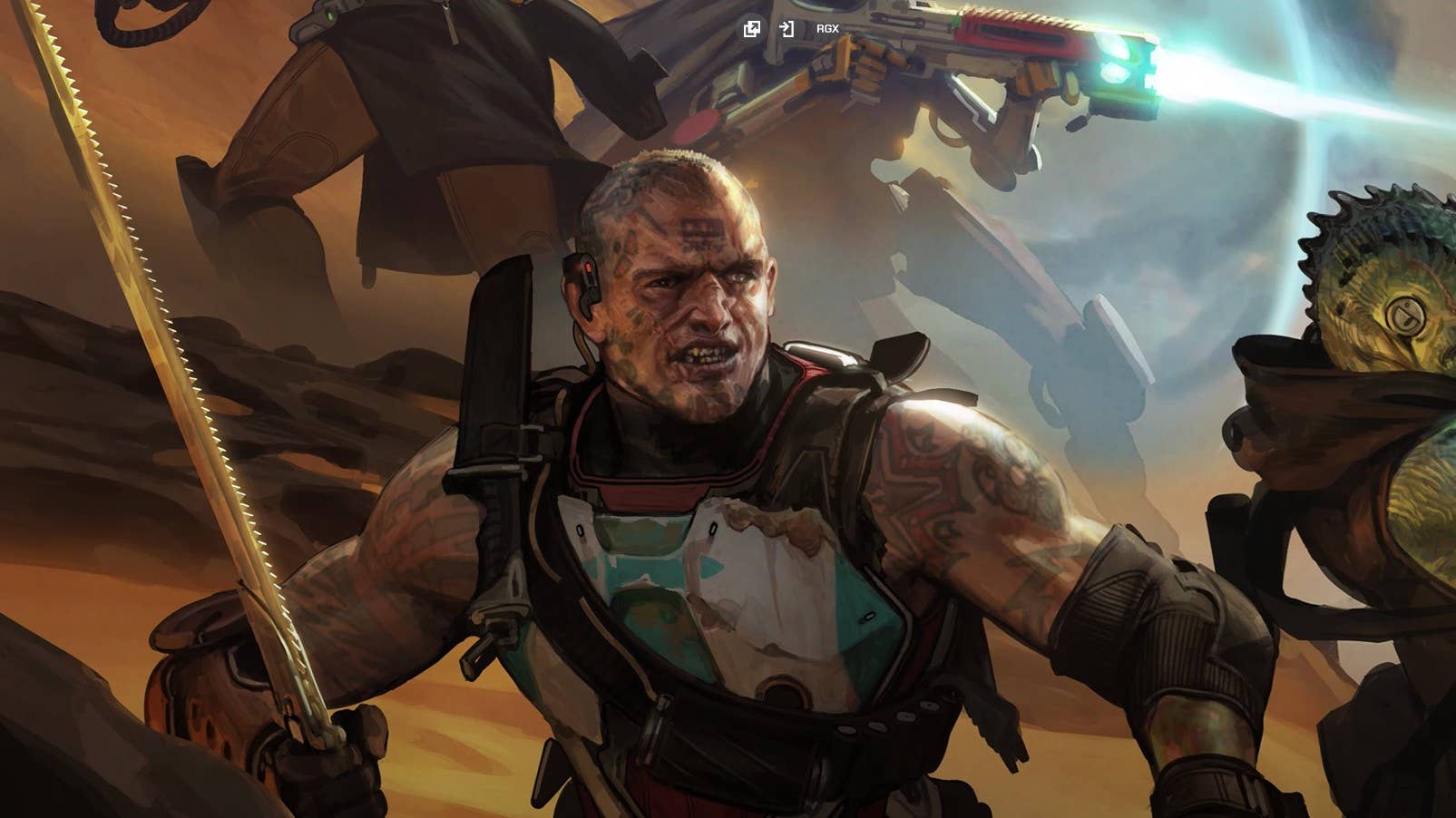
I did scan strategy RPG Space Scum‘s trailer a few times for the hint of a feature that didn’t make me immediately think, ah yeah, that’s just like Battle Brothers innit. This is a bit unfair of me. After all, your dudes sit on chess piece-like plinths in this one. That’s innovation, right? Anyway, I like the art and the bloke from the trailer looks like he’d nut me if I dwelled on the comparison too long. With someone else’s face. So, here’s a trailer. There’s also a Steam demo from next month, although you can sign up for a playtest now.
NBA 2K26 Shoots Some Hoops On Switch 2 In September
Update: Gen 9 version confirmed for Switch 2.
:
Following on from the recent news WWE 2K25 would be making its way to the Switch 2, 2K has now confirmed the latest basketball entry NBA 2K26 will also be released on Nintendo’s new hybrid platform.
Read the full article on nintendolife.com
(For Southeast Asia) PlayStation Plus Game Catalog for July: Cyberpunk 2077, Abiotic Factor, Banishers: Ghosts of New Eden and more
This month, carve your legend in the neon-soaked streets of Night City as the mercenary V in the dystopian open-world RPG Cyberpunk 2077, join up to five fellow scientists to repel inter-dimensional horrors deep within an underground research facility in the co-op survival and crafting adventure Abiotic Factor, or wrestle with love and duty as ghost-hunters Antea and Red across 17th-century North America in the story-driven action-RPG Banishers: Ghosts of New Eden. All these titles and more are available in July’s PlayStation Plus Game Catalog lineup*.
Cyberpunk 2077 is available to play from July 10, with Abiotic Factor launching into the service July 22. We’re exploring new ways to deliver PS Plus Game Catalog titles so this month, in select markets including Singapore, games will be available on varying dates as noted below.
PlayStation Plus 15th Anniversary
Today’s Cyberpunk 2077’s release forms part of our ongoing PlayStation Plus PlayStation Plus 15th anniversary celebrations, which also includes a special 30% discount for Cyberpunk 2077: Phantom Liberty, exclusive for PlayStation Plus members. That discount will be available from today until July 23.
There’s plenty more to enjoy: head to the PlayStation Plus 15th Anniversary Hub for more information.

PlayStation Plus Extra and Deluxe | Game Catalog
Cyberpunk 2077 | PS5, PS4PlayStation Plus Extra and Deluxe | Game Catalog

Cyberpunk 2077 | PS5, PS4
Cyberpunk 2077 is an open-world action-adventure from the creators of The Witcher 3: Wild Hunt, CD Projekt Red. Set in Night City, a megalopolis obsessed with power, glamour and body modification, you play as V, a mercenary outlaw going after a one-of-a-kind implant that is the key to immortality. Customise your character and playstyle as you take on jobs, build a reputation, and unlock upgrades. The relationships you forge and the choices you make will shape the story and the world around you. Legends are made here. What will yours be?
*Cyberpunk 2077 is releasing in Southeast Asia on July 10.
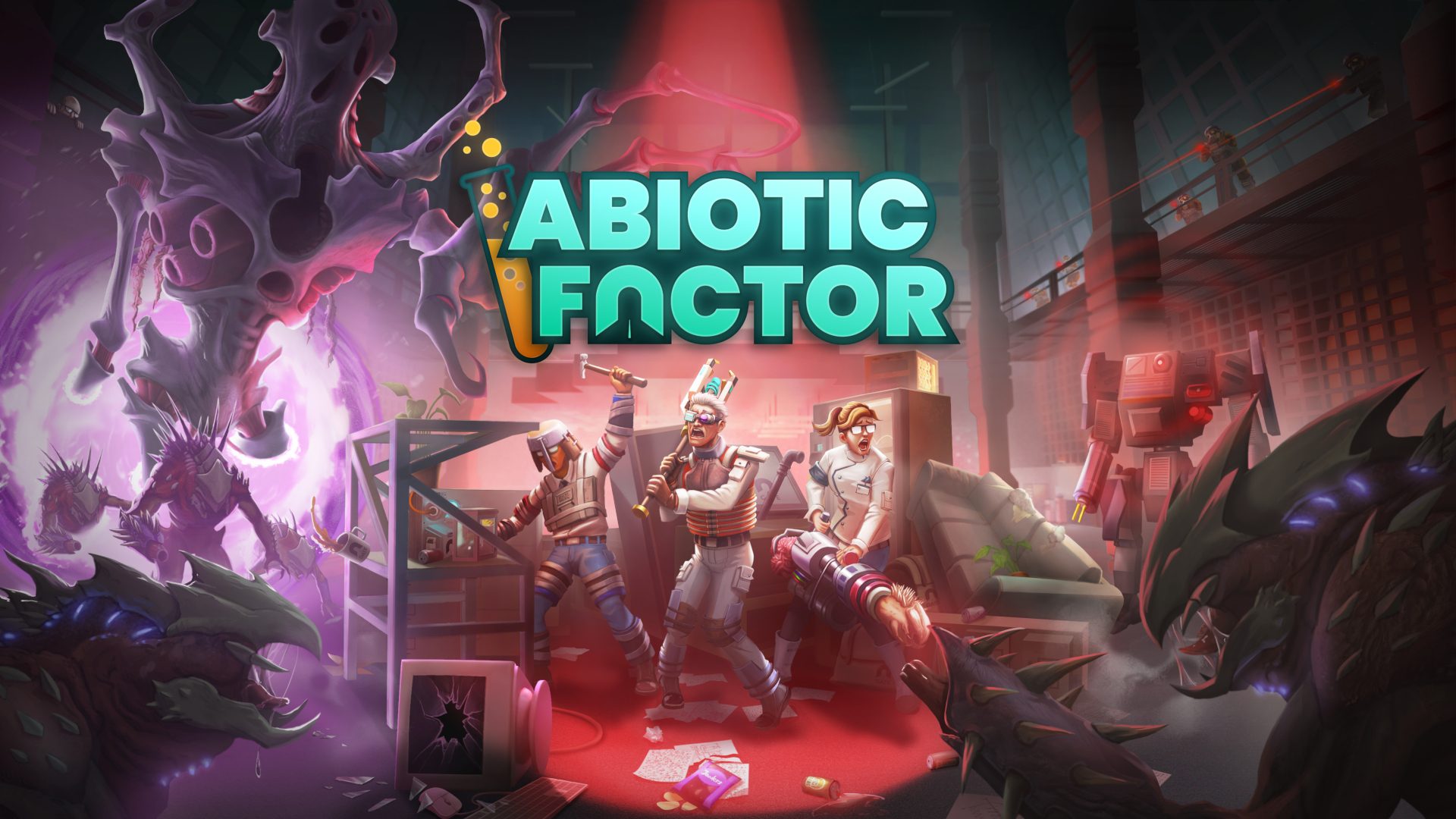
Abiotic Factor | PS5
Abiotic Factor brings a 90’s sci-fi twist and rich character progression to the multiplayer open world survival crafting genre. Up to 6 players can choose their PHDs, build their scientist, gear up, and explore a massive subterranean complex, filled with supernatural artifacts, transdimensional foes, and science experiments gone awry. Home to the world’s greatest minds, GATE operates a global network of secretive research laboratories, spanning every field of scientific study – and the realms beyond. As a GATE employee you extend the bounds of human knowledge, and seek to explain the unexplainable – including anomalies and paranormal entities: from gravity-distorting artifacts to supernatural creatures with an unbridled instinct for violence. Safety, security, and secrecy are of the utmost importance… usually.
*Abiotic Factor is releasing worldwide July 22
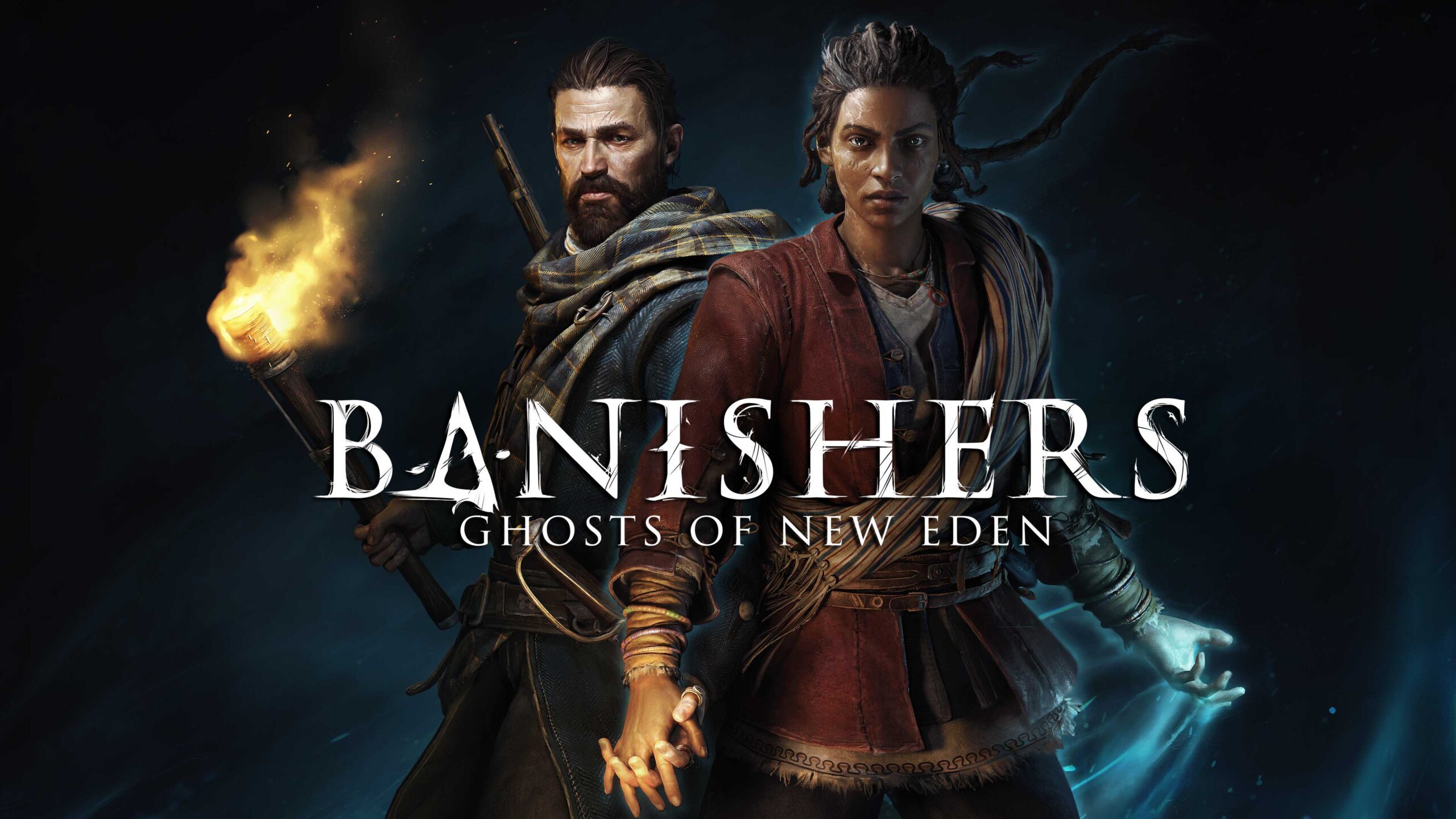
Banishers: Ghosts of New Eden | PS5
New Eden, 1695. Antea Duarte and Red mac Raith are lovers and Banishers, ghost-hunters who vowed to protect the living from the threat of lingering ghosts and spectres. Following a disastrous last mission, Antea is fatally wounded, becoming one of the spirits she loathes. In the haunted wilds of North America, the couple desperately searches for a way to liberate Antea from her new plight. Immerse yourself in a beautiful, intimate and powerful story between two fated lovers. Challenging decisions will lay on your path, dramatically impacting your story and the fate of New Eden’s inhabitants – be they living people or wandering souls. How much will you compromise your ghost-hunting vow for the sake of your lover who’s become a spirit herself?
*Banishers: Ghosts of New Eden is releasing worldwide July 15
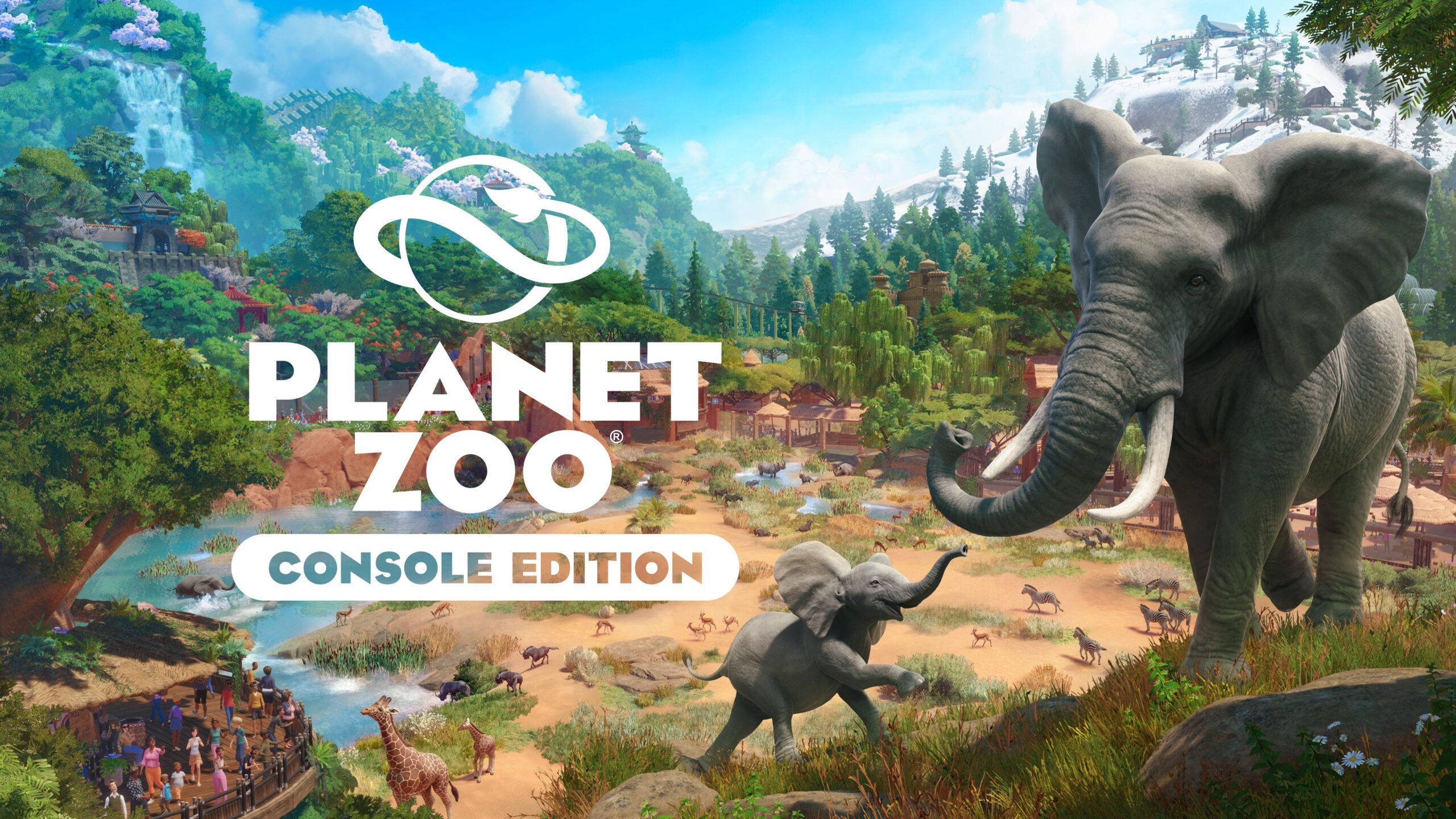
Planet Zoo | PS5
Build a world for wildlife with Planet Zoo. From the developers of Planet Coaster and Zoo Tycoon, Planet Zoo features an incredible array of authentic animals who think, feel, and explore the world you design around them. Create unique habitats and vast landscapes, and make meaningful choices to nurture animals as you construct and manage the world’s wildest zoos using intuitive console controls. Pick up and play across four engaging game modes: embark on a globe-trotting campaign in career mode, build a network of connected zoos in Franchise mode, put your skills to the test in Challenge mode, or let your imagination run wild in the freedom of Sandbox mode. Manage an amazing living world that responds to every decision you make. Focus on the big picture or go hands-on and control the smallest details. Thrill visitors with iconic exhibits, develop your zoo with new research, and release new generations of your animals back into the wild. Your choices come alive in a world where animal welfare and conservation comes first.
*Planet Zoo is releasing in Singapore July 22 and on July 15 in other Southeast Asia markets.
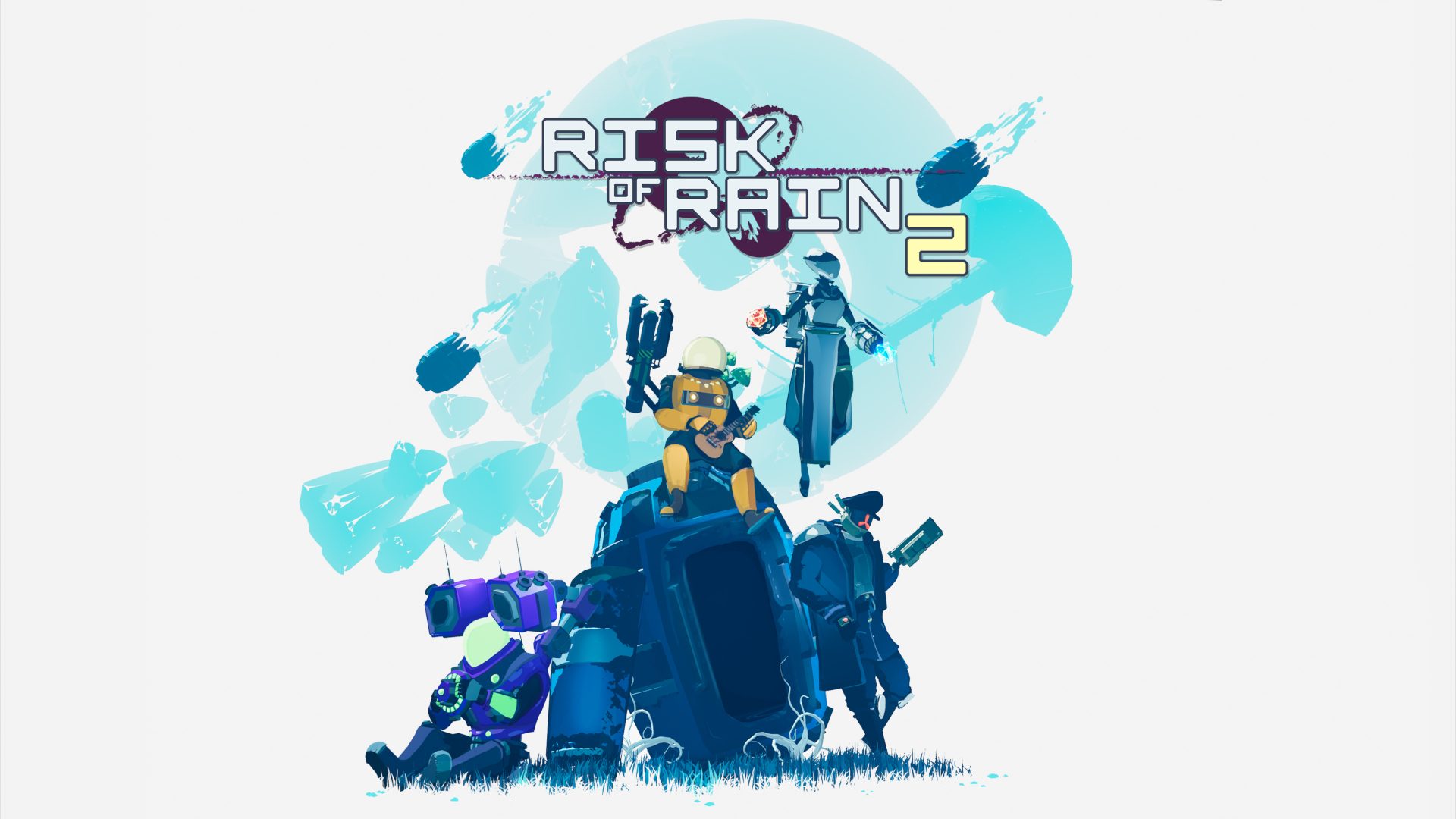
Risk of Rain 2 | PS5, PS4
Escape a chaotic alien planet by fighting through hordes of frenzied monsters – with your friends, or on your own. Combine loot in surprising ways and master each character until you become the havoc you feared upon your first crash landing. Over a dozen handcrafted locales await, each packed with challenging monsters and enormous bosses that oppose your continued existence. Fight your way to the final boss and escape or continue your run indefinitely to see just how long you can survive. A unique scaling system means both you and your foes limitlessly increase in power over the course of a game. Tackle the adventure solo or with up to three friends in online co-op, or compete in the rotating challenge of the Prismatic Trials. Brand new survivors like the Captain and MUL-T join classic survivors such as the Engineer, Huntress, and–of course–the Commando.
*Risk of Rain 2 is releasing in Singapore July 29 and on July 15 in other Southeast Asia markets.
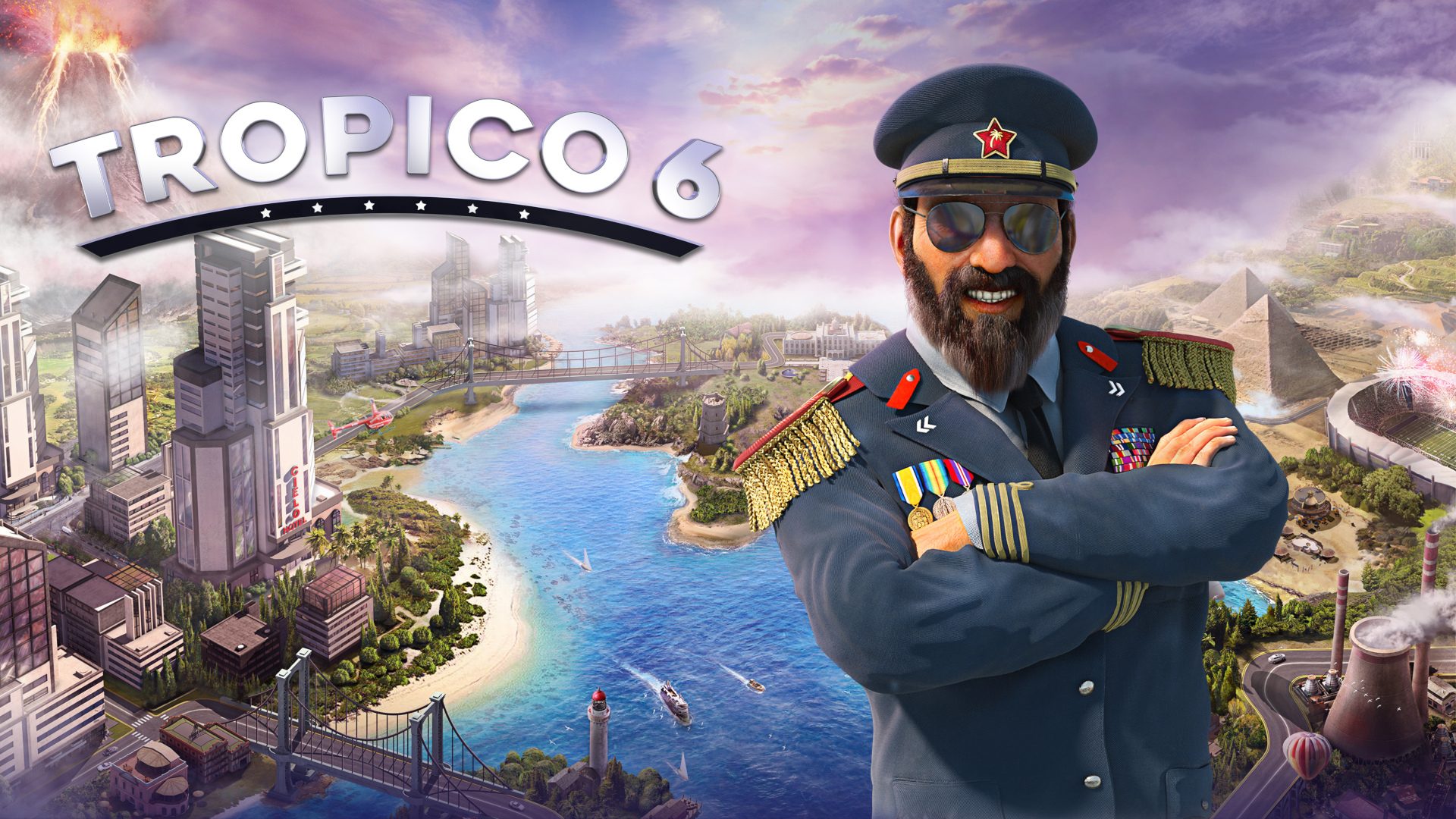
Tropico 6 | PS5, PS4
Play El Presidente on the island state of Tropico as you shape the fate of your own banana republic. Play on large archipelagos for the first time in the series. Manage multiple islands at the same time and adapt to various new challenges. Tropico 6 features cooperative and competitive multiplayer for up to 4 players.
*PS5 edition is the Next Gen Edition which includes “The Llama of Wall Street” DLC, and the El Prez Pack, which contains one additional mission, new buildings, new customization options for your palace, outfits for El Prez and much more!
*Tropico 6 is releasing worldwide July 15
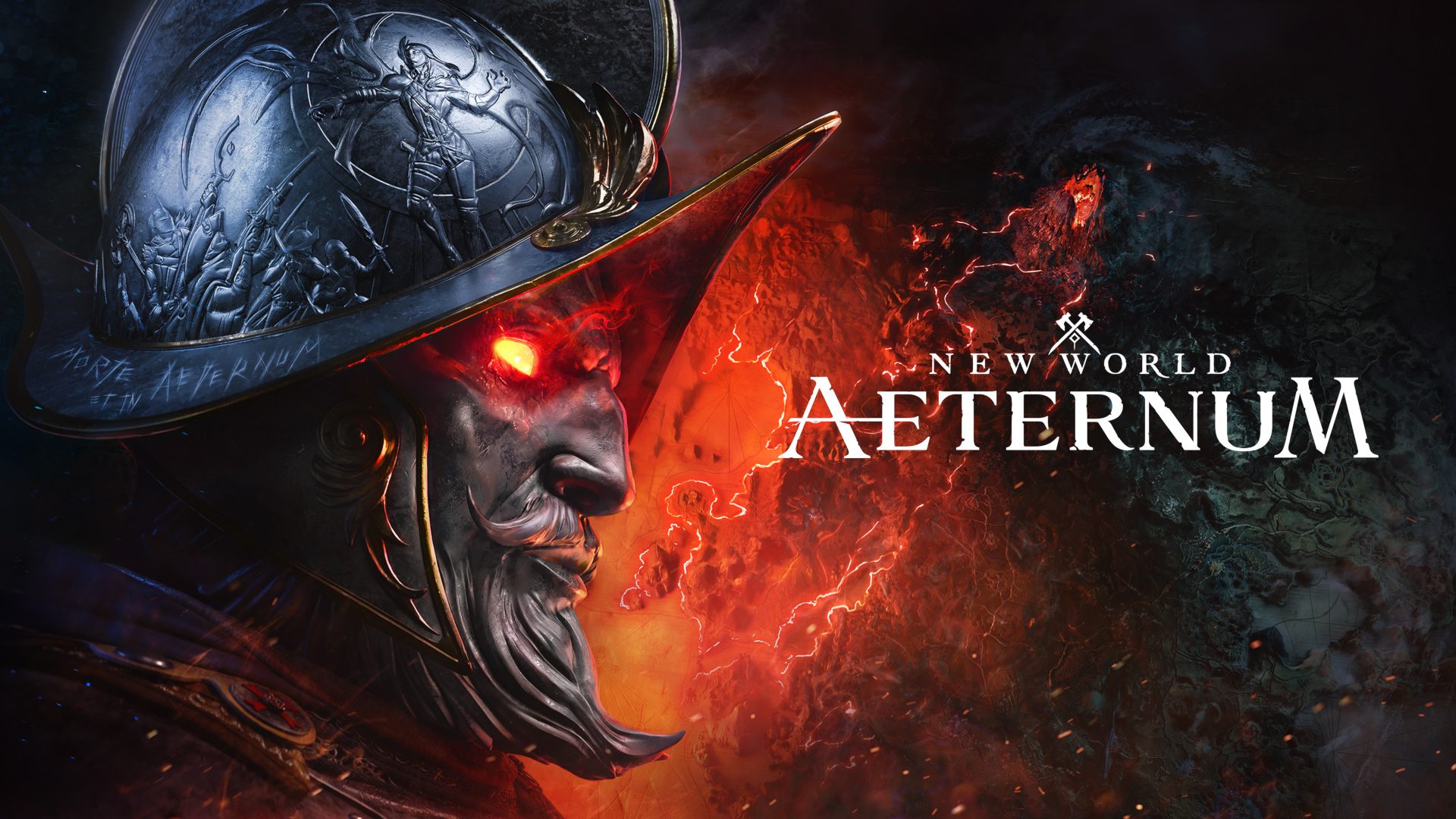
New World: Aeternum | PS5
Experience a thrilling action RPG set on the supernatural island of Aeternum. As a shipwrecked explorer who washes ashore on the mysterious island, forge your destiny on an adventure filled with danger and opportunity. Discover the island of Aeternum: Explore a massive, beautiful world and uncover the secret truth of the eternal island and its strange inhabitants. Endless opportunities to fight, forage, and forge await among the island’s wilderness and ruins. Control magical forces or wield deadly melee and ranged weapons. Timing and positioning are key to defeating enemies in combat. Use your skills to survive the island’s horrors and reap its valuable rewards.
*New World Aeternum is releasing in Singapore July 29 and on July 15 in other Southeast Asia markets.
PlayStation Plus Deluxe
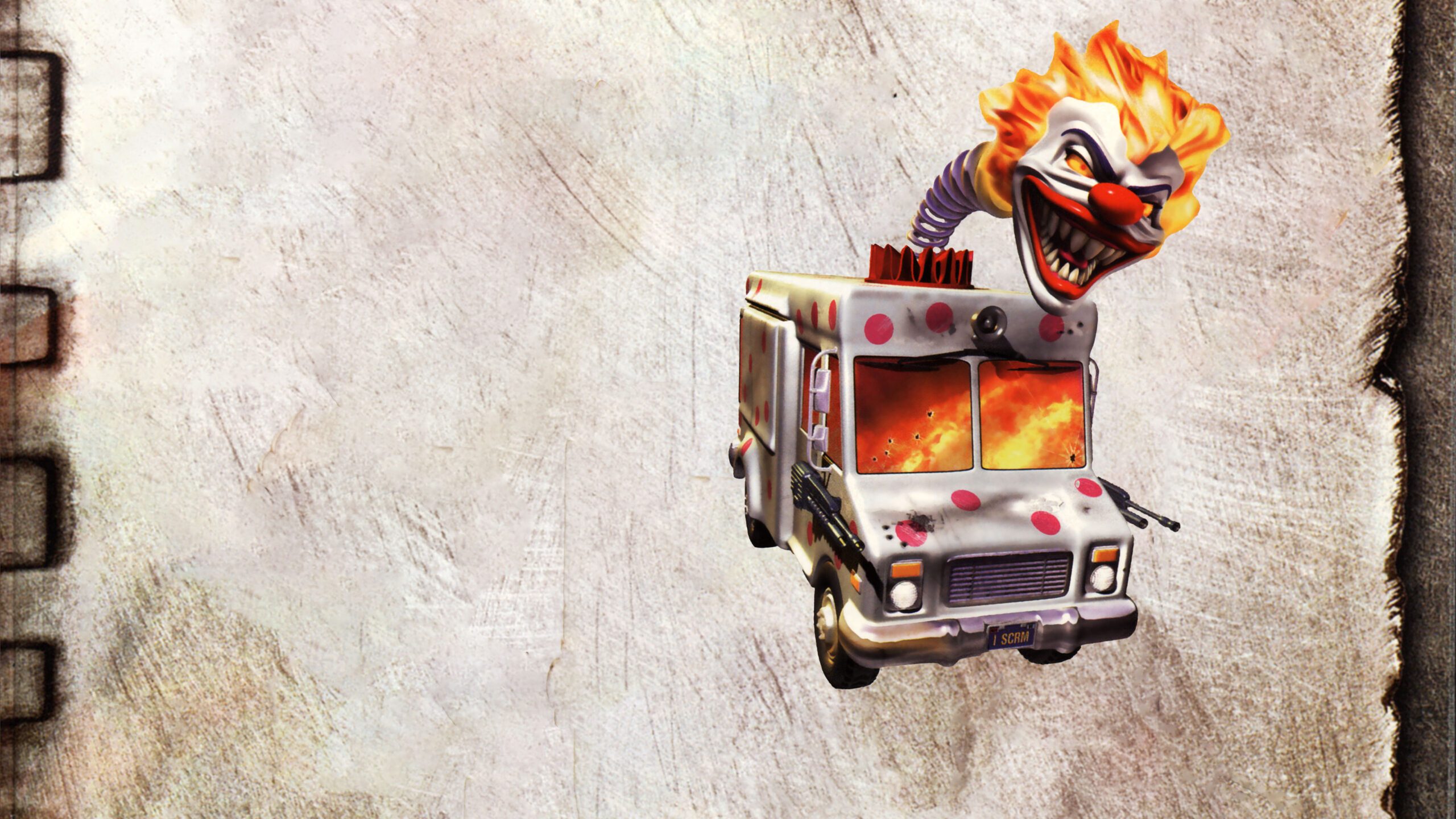
Twisted Metal 3 | PS5, PS4
Welcome to our twisted world where the drivers are insane, the explosions apocalyptic and the weapons hard-core nasty. It’s the original and ultimate automotive combat experience! Get twisted with high powered vehicles, an arsenal of weapons and unbeatable bosses! Experience Twisted Metal 3 originally released on the PlayStation console, enhanced with up-rendering, rewind, quick save, and custom video filters.
*Twisted Metal 3 is releasing worldwide July 15

Twisted Metal 4 | PS5, PS4
Sweet Tooth and his pumped-up posse of evil henchmen have taken control of the most explosive freakshow on wheels! Get ready for high-octane action with a multitude of characters, vehicles, and powerful weapons. Battle through interactive arenas with crisp vehicles and lush battlegrounds for an intense, chaotic experience. Experience Twisted Metal 4 originally released on the PlayStation console, enhanced with up-rendering, rewind, quick save, and custom video filters.
*Twisted Metal 4 is releasing worldwide July 15
*PlayStation Plus Game Catalog and PlayStation Plus Deluxe lineups may differ by region. Please check PlayStation Store on release day.
Splatoon 3 Offering Four Exclusive Icons To Switch Online Subscribers
Participate in this weekend’s Splatfest.
Splatoon 3 has been given a second wind on the Switch 2 thanks to a new update enhancing the game’s resolution and frame rates.
As part of this, Nintendo is also bringing back its Summer Nights event starting this week and through the entire weekend. This time you’re fighting for your preferred mode of transport – Team Land, Team Sea or Team Air.
Read the full article on nintendolife.com
Save 20% Off the LEGO Super Mario Mighty Bowser for Prime Day (The Biggest LEGO x Nintendo Set)

Both LEGO aficionados and Nintendo fans should check out this new deal that just popped up at Walmart. The imposing LEGO Super Mario The Mighty Bowser 71411 set is currently on sale for $219. As of this moment, this deal is exclusive to Walmart and doesn’t seem to be an official part of Prime Day (it’s still $270 on Amazon). The Mighty Bowser has been in production since October of 2022, so this set is expected to be retired within the next year.
20% Off the LEGO Super Mario The Mighty Bowser 71411
The Mighty Bowswer is still the largest LEGO x Nintendo collaboration with a total of 2,807 brick pieces. The finished build measures 16 inches wide and 12.5 inches tall. Kevin Wong built this actual set and loved it. It’s both scary and adorable at the same time. It treats adult LEGO builders to a challenging build with advanced techniques and yet it is also durable enough to be interacted with, without fear of limbs falling apart. It brings out the best of both LEGO and Nintendo. Kevin wrote that “It is as perfect a merging as one could have hoped for. Ideally, this would be the first in a series of ‘third path’ sets that will recreate the gameplay and characters from our childhoods. And not just for Mario either. What about Zelda? Or Metroid? Or Pokemon? The possibilities are endless.”
More LEGO Sets on Sale for Prime Day
Mighty Bowser isn’t the only set currently on sale for Amazon Prime Day. Check out these other adult-themed sets from Walmart, Amazon, and even the LEGO Shop, including the Milk Way Galaxy, the LEGO Technic BMW M 1000 RR Motorcycle or the LEGO Icons Land Rover Classic Defender 90, which is expected to be retired later this year.
Eric Song is the IGN commerce manager in charge of finding the best gaming and tech deals every day. When Eric isn’t hunting for deals for other people at work, he’s hunting for deals for himself during his free time.

